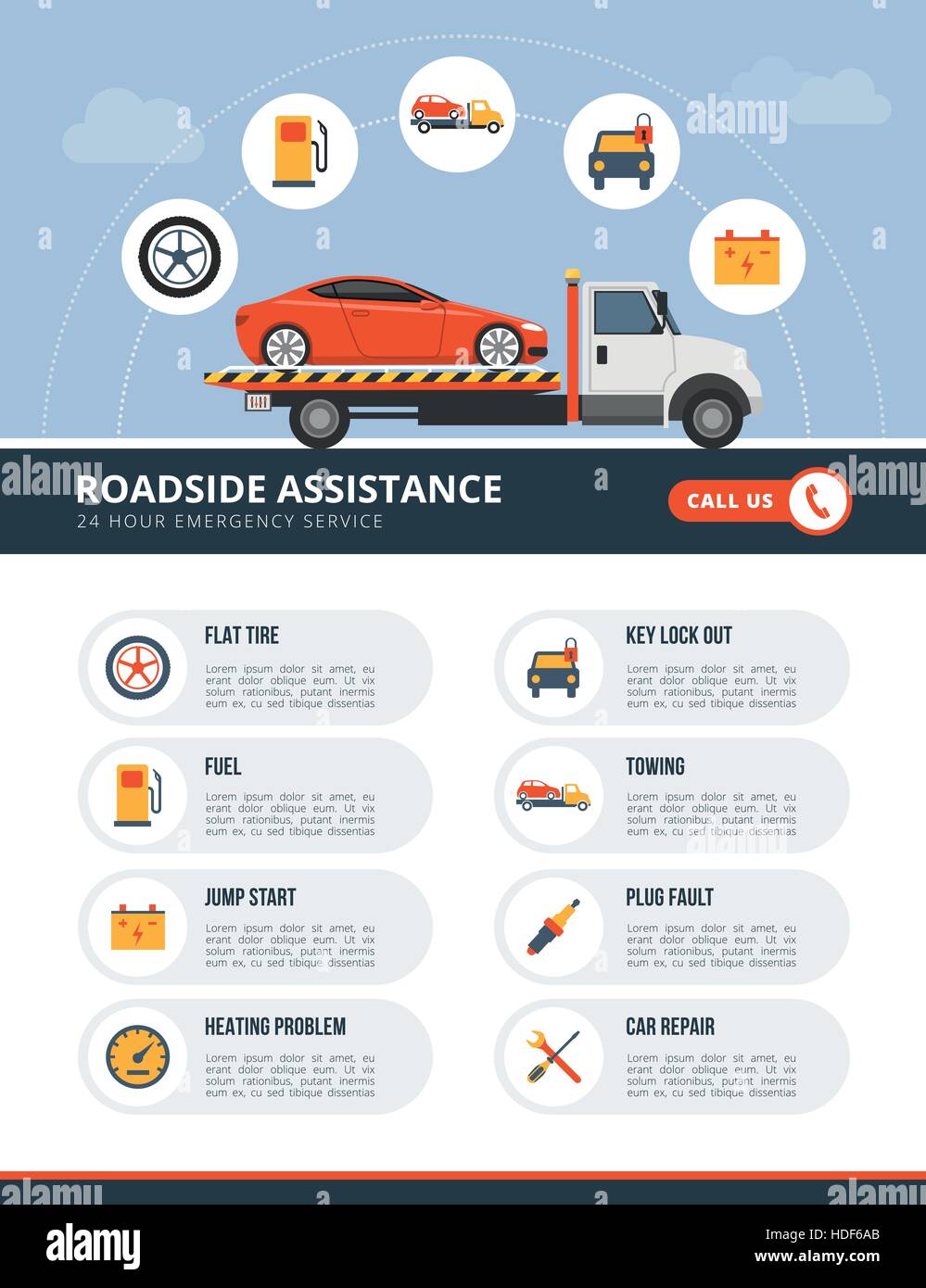Recognizing Your Cars And Truck'S Caution Lighting: What Do They Really Mean?
Recognizing Your Cars And Truck'S Caution Lighting: What Do They Really Mean?
Blog Article
Material Produce By-Samuelsen Kejser
When you lag the wheel, those beautiful caution lights on your control panel can be a little bit complicated. Do you know what they're attempting to inform you about your auto's health and wellness? Comprehending the importance of these lights is crucial for your safety and the durability of your vehicle. So, simply click the following article of those lights appears, wouldn't you wish to decipher its message properly and take the required actions to address it?
Common Warning Lighting and Interpretations
Identify typical warning lights in your automobile and comprehend their meanings to ensure secure driving.
The most normal caution lights consist of the check engine light, which signifies problems with the engine or emissions system. If this light comes on, it's vital to have your lorry examined promptly.
The oil pressure advising light shows reduced oil stress, calling for instant focus to prevent engine damage.
A blinking battery light may suggest a faulty billing system, potentially leaving you stranded if not attended to.
The tire pressure monitoring system (TPMS) light alerts you to low tire stress, impacting vehicle stability and gas effectiveness. Overlooking this could cause hazardous driving problems.
The abdominal muscle light suggests a trouble with the anti-lock braking system, jeopardizing your capability to quit swiftly in emergencies.
Finally, the coolant temperature level warning light warns of engine overheating, which can lead to serious damage if not solved swiftly.
Understanding these usual warning lights will help you resolve concerns promptly and preserve secure driving problems.
Relevance of Prompt Attention
Understanding the typical caution lights in your auto is just the very first step; the significance of immediately attending to these cautions can not be emphasized sufficient to ensure your safety when driving.
When a caution light illuminates on your dashboard, it's your cars and truck's means of interacting a prospective concern that needs attention. Ignoring these cautions can cause more extreme problems down the road, endangering your safety and security and possibly costing you a lot more in repairs.
Prompt focus to cautioning lights can protect against break downs and crashes. For instance, a blinking check engine light might show a misfire that, if left neglected, might create damages to the catalytic converter. Resolving this quickly can save you from a pricey fixing.
Likewise, a brake system cautioning light could indicate low brake fluid or worn brake pads, critical parts for your security when driving.
Do It Yourself Troubleshooting Tips
If you notice a caution light on your dashboard, there are a couple of do it yourself troubleshooting suggestions you can try prior to seeking expert help.
The primary step is to consult your cars and truck's guidebook to understand what the particular caution light indicates. In some cases the concern can be as basic as a loosened gas cap causing the check engine light. Tightening the gas cap may fix the issue.
An additional common issue is a reduced battery, which can set off numerous cautioning lights. Checking the battery connections for corrosion and ensuring they're safe and secure could take care of the trouble.
If a warning light continues, you can attempt resetting it by separating the auto's battery for a few mins and after that reconnecting it. Furthermore, checking your car's fluid degrees, such as oil, coolant, and brake liquid, can help troubleshoot alerting lights associated with these systems.
Conclusion
Finally, recognizing your auto's caution lights is essential for keeping your car running smoothly and securely. By quickly attending to these signals and understanding what they imply, you can prevent pricey fixings and prospective malfunctions.
Keep in mind to consult your automobile's guidebook for certain details on each warning light and do something about it accordingly to make certain a hassle-free driving experience.
Stay informed, stay risk-free when traveling!
